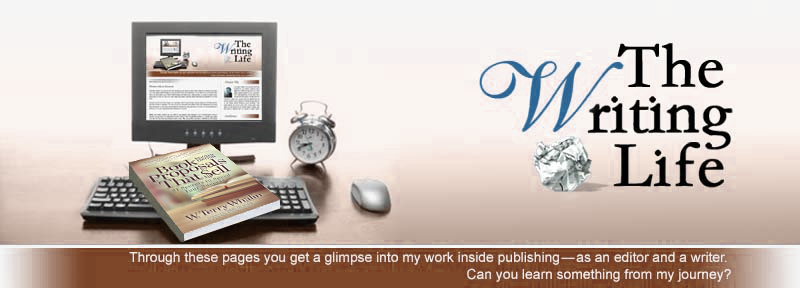Reviewing Book Reviews
When I read a magazine or a newspaper, I watch for the book review section. I turn to it like a beacon to see what people are writing about books and which books they are recommending.
If the review is favorable (and most of them are because publications don't want to give space to negative reviews), then I will track down the book and either purchase it or get it from my library. Book reviews have a great deal of influence.
Many new authors believe they can get their book reviewed in local newspapers or even national newspapers like The New York Times. Yet these beli efs are based on dreams and not what is happening in the marketplace.
efs are based on dreams and not what is happening in the marketplace.
Last night I was reading Publishers Weekly and found this article, Where the Major Papers Stand. I encourage you to follow the link and read this article about the state of book review in some of the largest newspapers in the United States. It will help you have a more realistic picture of what is possible.
In particular notice the last paragraph of the article (which was called out in a box in the printed Publishers Weekly to add even more emphasis):
“Beyond the Newspapers
NBCC v-p, online, Jane Ciabattari said there’s also been a “proliferation” of Web sites doing book reviews, with newcomers like the Millions and the Rumpus following in the footsteps of online stalwarts like Slate and Salon. She said there has also been “a growth in book coverage among the trusted gatekeepers,” like NPR, the New York Review of Books, the New Yorker, the Nation, the New Republic, and O, the Oprah Magazine.”
Not too many years ago (before the Internet), the choices for book reviews were very limited. That's not the case today. Instead as an author, I would encourage you to focus on smaller publications (which still have a lot of influence). For example, can you reach out to your local regional or community newspaper with a terrific press release and review copy of your book? Then after you send it, follow up with a quick email or phone call to the editor. In this email or phone call, you check to see that they received it (nothing more and not pushing them to use it). Many authors will send review copies but few will follow-up in this gentle manner.
Also concentrate on encouraging Amazon customer reviews. When someone sends you a glowing email about your book, you can respond encouraging them to write a sentence or two with a Five Star Amazon review. Make it easy for them to do it and send them the link to the specific page.
As an author, you have many resources to use. Are you actively working on getting book reviews for your book? Even if it is not “new,” do not give up on the promotion and reviews for your book. It will pay off for you.

Labels: Amazon, book promotion, book reviews, newspaper





































